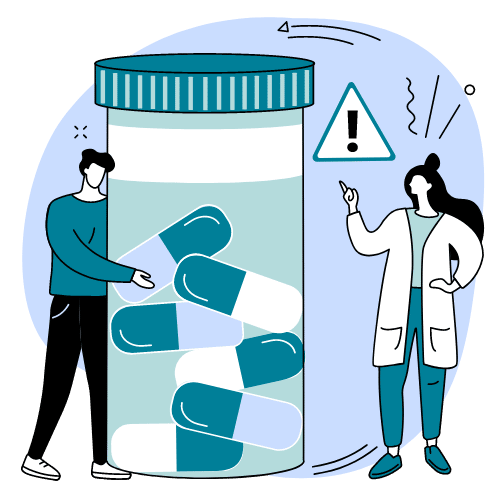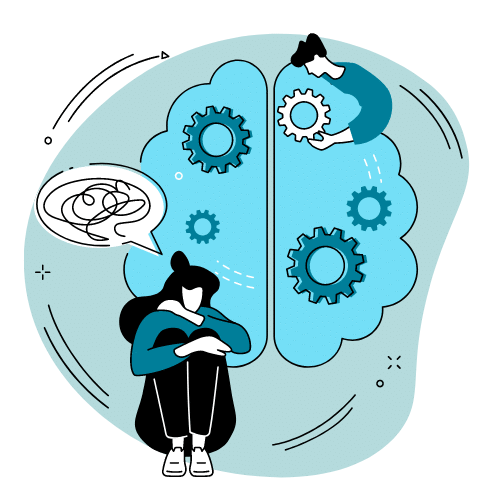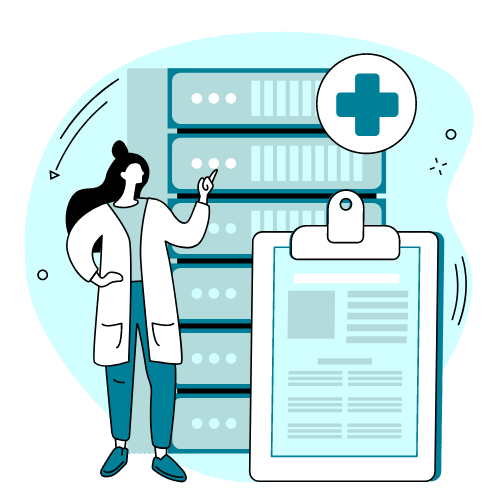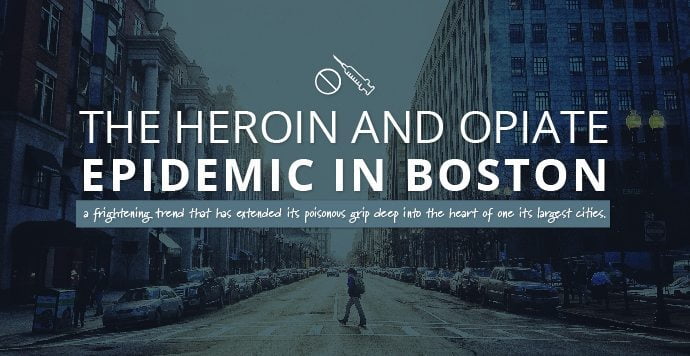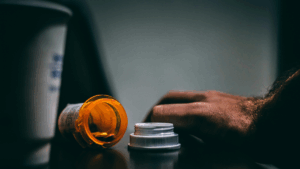In 2001, the National Drug Intelligence Center’s Massachusetts Drug Threat Assessment issued a statement recognizing that “Heroin has emerged as a threat equal to or greater than cocaine in Massachusetts, after posing less of a threat throughout much of the 1990s.” This is an unfortunate and deadly trend that continued to accelerate over the next decade and a half. In March 2014, then-governor, Deval Patrick, declared a public health emergency for the state of Massachusetts due to the rising use of heroin and other opiates, specifically pharmaceuticals. This official and political recognition gave momentum and a greater urgency to the awareness of what is a growing epidemic nationwide and within the state of Massachusetts—a frightening trend that has extended its poisonous grip deep into the heart of one of its largest cities—Boston. Despite the declaration and the growing attention that resulted from this and other initiatives, these drugs continue to plague our streets and invade our homes. Large cities have long been the epicenters of illicit drug use. Today, heroin, other opiates, and the dangers and risks surrounding them—including fatal overdose—continue to reach epidemic proportions, the greater Boston area least of all notwithstanding from this deadly plight.
Boston Overwhelmed With Heroin, Opiates, And Overdoses
The National Institute on Drug Abuse (NIDA) quantifies the prevalence of heroin use, stating that “In 2011, 4.2 million Americans aged 12 or older (or 1.6 percent) had used heroin at least once in their lives. It is estimated that about 23 percent of individuals who use heroin become dependent on it.” In July 2013, the CDC reported that deaths resulting from prescription painkiller overdoses rose 400 percent for women and 265 percent for men since 1999. In 2014, they reported that “Each day, 46 people die of an overdose to prescription painkillers in the US.” These numbers remind us that heroin and opiate use and use are very real and devastating threats. According to a data brief compiled by the Massachusetts Department of Public Health, the number of unintentional opioid overdose deaths in Suffolk County—where Boston is located—actually dropped from 115 to 98 from 2013 to 2014. Although this is progress, the numbers still hold a frightening truth, that opiate use and the deaths that may come from them have risen overall; the data illustrated that from the years 2000-2014, these deaths more than doubled, rising from 44 to 98. A separate report by the same department outlined the number of admissions within Massachusetts to the Bureau of Substance Use Services (BSAS) Contracted/Licensed Programs, which is indicative in part of the overall scope of substance use within the state. From fiscal years 2005 to 2014, heroin ranked as the number one drug, cited as the “primary drug of use” at 53.1 percent in 2014, having risen significantly from 38.2 percent only 9 years prior in 2005. The category “all other opioids” also increased, however smaller, having risen in this same period of time from 5.6 percent to 5.8 percent. A 2014 Boston University publication that chronicled the heroin and opiate epidemic, wrote about the discrepancy between what may be an all-too-prevalent public opinion and the stark reality of who is really using these drugs. It stated, “Stereotypes of addicts suggest that they are down-and-out characters, but heroin and opiates may be used by successful, educated and seemingly well-adjusted people. The epidemic is ‘equal opportunity,’ affecting people of any age, gender, social class, and ethnicity.” The ill-founded perspective mentioned can be dangerous in the fact that it could be smothering accuracy, and thus limiting access to the education, help, and addiction treatment. This demographic shift that this statement speaks of is further supported by a study published in 2014 in the Journal of the American Medical Association (JAMA). The study, The Changing Face of Heroin Use in the United States, sought to better understand and compare heroin use over the past 50 years. It found that “more recent users were older (mean age, 22.9 years) men and women living in less urban areas (75.2 percent) who were introduced to opioids through prescription drugs (75.0 percent).” NIDA published a report titled, Drug Use Patterns and Trends in Greater Boston that was updated on January 2014. It reported that “The number of unintentional drug overdoses in the city of Boston was at an 11-year high; unintentional drug overdoses reported in Boston hospitals increased by 40 percent from fiscal year (FY) 2010 to FY 2012.” It continued to cite that “The number of nonoverdose opioid (including heroin) dependence and use hospital patients increased by 13 percent,” while “The unintentional overdose hospital patient rate for prescription opioids/opiates other than heroin steadily increased by 66 percent over 5 years, from FY 2008 to FY 2012.” [inline_cta_six]
Why Has This Drug Use Reached These Proportions?
Some claim that the rising use of prescription painkillers is derived from their abundance. On the other hand, some attribute the rise in heroin to more stringent regulations on prescription opiates, paired with changes to these drugs physical makeup that makes it harder for a user to prepare them for illicit use (i.e. some pills are harder to crush, which in turn makes them harder to snort). It may, in fact, be both of these things—as the nation became inundated with an influx of these prescriptions, people had greater access and began to use them illicitly, many of whom formed addictions. Some people may have begun using these drugs as doctors prescribed, only to find that they needed more to combat their pain, and after time their use may have transcended the bounds from proper, medically authorized use, to that of the illicit. Others may have stolen these drugs from someone who received them the aforementioned way, which is many times how a young person breaks into opiate use, while others yet begin their use on the streets, procuring them illegally for illicit drug use right off the bat. Regardless of how a person started, as more rigorous standards were put in place to safeguard against these uses occurring, many of these people turned to heroin to supplement their craving and addiction—a drug that in many cases had greater availability and a cheaper price. What is evident is that these are factors that, in sequence, set the stage for drug use that snowballed into the current outbreak of addiction that is crippling our country, our state and the greater Boston area. Another reason heroin is increasingly becoming more prevalent—within many different social sects—is because of its dropping cost. Previously a drug that was renowned to be somewhat expensive, it is currently at prices that make it much easier to obtain in the frequency and quantities that propagate drug use, addiction, and overdose. Even at prices higher than this, heroin is often cheaper than prescription painkillers. Additionally, within the past two decades, heroin has become more pure, allowing those who might be fearful of using the substance by injection access to using the drug via snorting or smoking.
Heroin And Opiates—Deadly And Destructive
The problem with heroin use—for both those who switch from pharmaceuticals, or for those who have consistently used it alone—is that its purity and strength are oftentimes variable. Even a seasoned heroin user runs the risk of overdose at any given time—every dose and every full syringe carries the potential to be cut or laced with another substance or drug or to be of strength or purity that even at the same dose, can be enough to cause a fatal consequence. All opiates, including heroin and prescription painkillers, exert a powerful force on a user’s body and mind that equates to a high potential for addiction. Opiates release dopamine—one of the body’s essential neurotransmitters that are responsible for regulating systems of pleasure and reward. For this reason, a person can become psychologically addicted sooner than physically, however, due to the nature of the drug, the latter condition is often not far behind. As people use opiates, they begin to develop tolerances. When a tolerance takes hold, users require greater amounts of the drug than had before to achieve the euphoric effect that they seek. Despite the fact that they might feel tolerant of the amount they were previously using, their bodies are not immune to the toxic and dangerous effects that the drugs exert. As people use more, the dangers and risks increase, putting them at greater jeopardy of bodily harm, including coma and overdose, either of which may potentially result in death.
Finding Care Close To Home
If this epidemic has hit you close to home—if you’re fearful that yourself or someone close to you is in jeopardy of losing their lives to a heroin or opiate addiction, don’t wait any longer. We offer opioid addiction treatment and treatment for heroin in Massachusetts. Our facility offers you top-notch support from an expert and compassionate staff. We’re standing by to answer any questions that you might have and to aid you in finding the tools, courage, and support that you need to begin walking on your journey towards sobriety, happiness, and health.


